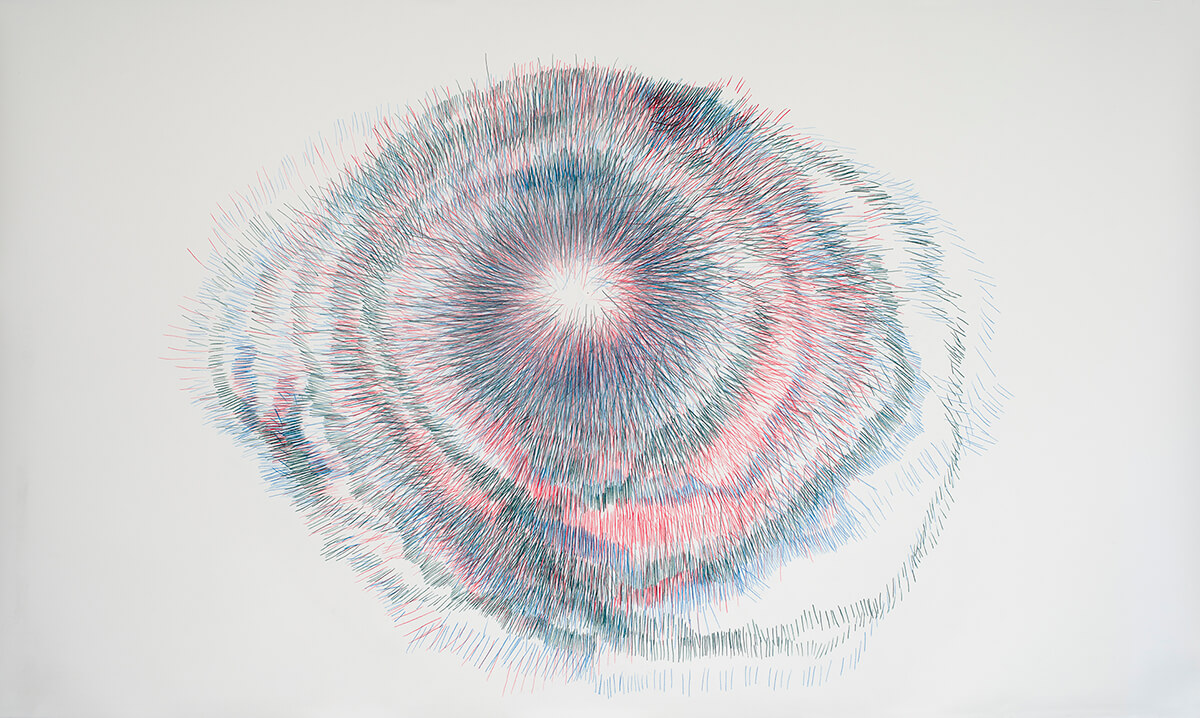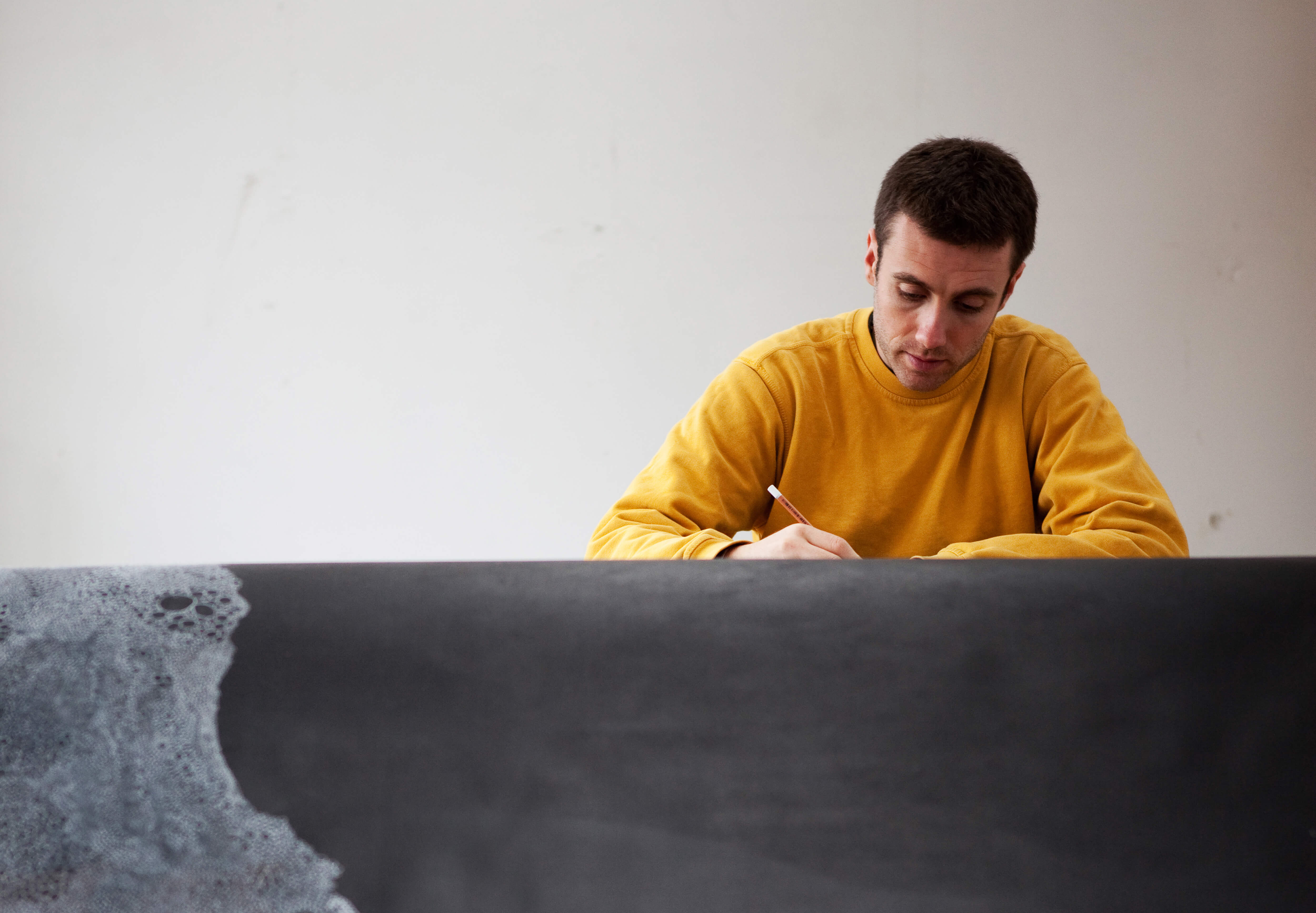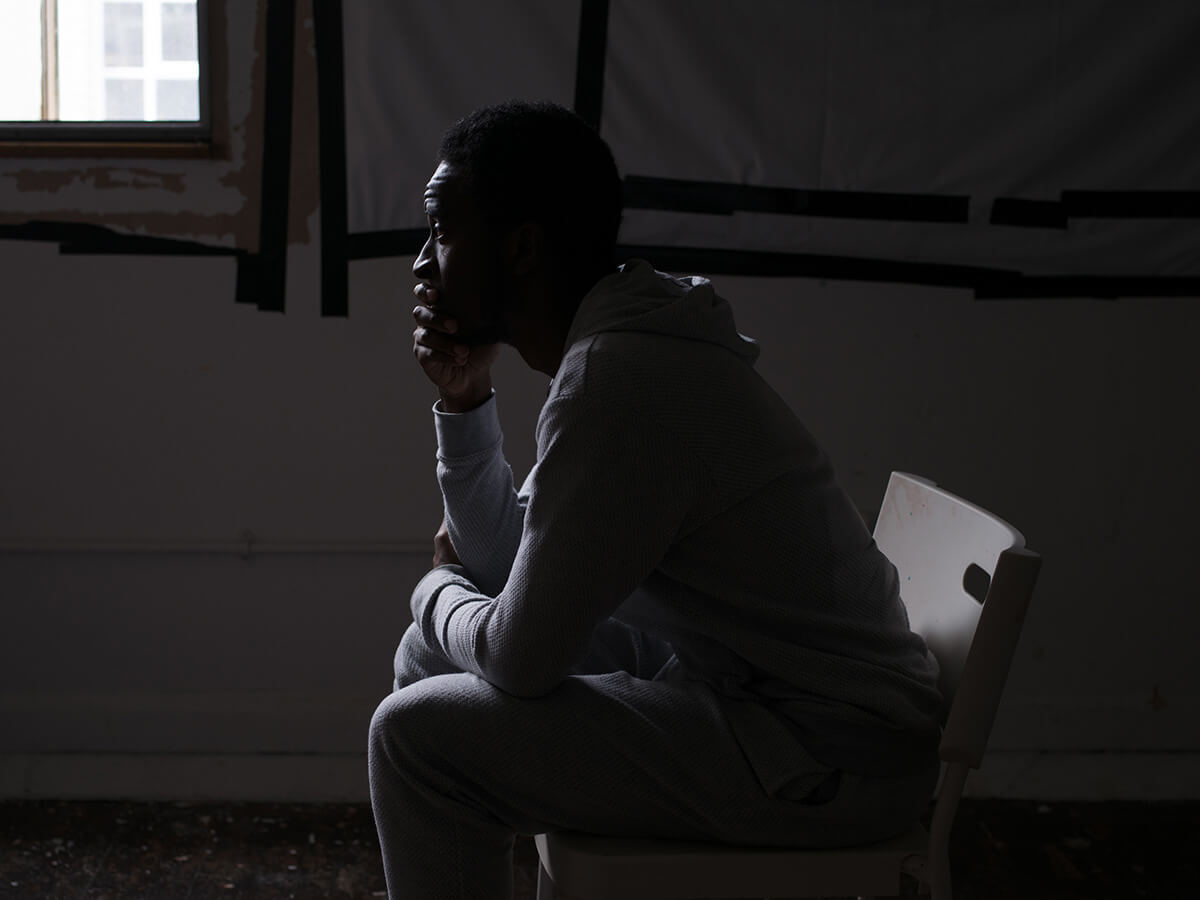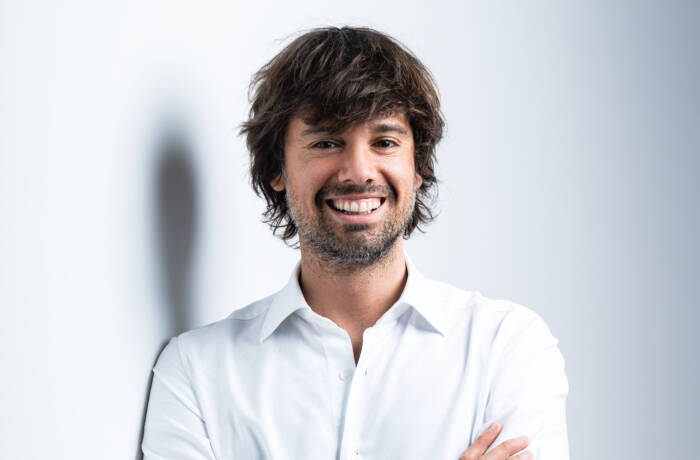
Artist Sam Winston spent 7 days and 7 nights living and creating art in a darkroom
Darkness heightens our senses, challenges our perceptions and opens up new creative visions, according to London based visual artist Sam Winston. For this month’s poetry muse, Rhiannon Williams learns about the power of the dark for artists and poets alike.
Sam Winston spent 7 days and 7 nights living and creating in a darkroom. Out of this absolute darkness emerged some extraordinary art, and an even more extraordinary installation: ‘Darkness Visible’ at the National Poetry Library at the Southbank Centre in London displays art and poetry that has been created in the dark. It brings to light both the privilege and drawbacks of physical sight, while simultaneously leading you to question what ‘sight’ really is.
Follow LUX on Instagram: the.official.lux.magazine
The title of the installation, ‘Darkness Visible’, is a phrase from John Milton’s ‘Paradise Lost‘, the epic poem which Milton wrote whilst he was blind by dictating his verse. The title is apt, as the dichotomy of light/dark is overturned in the paradoxical idea of a darkness you can see. Living temporarily in darkness, Sam Winston was able to explore the boundaries of experience and his body in new ways, as the systems and orders that we impose upon the day and regulate ourselves by were made redundant by the dark. Time, for example, without differentiation between night and day becomes an endless mass. According to Sam it is this ‘walking along the shoreline’ of different boundaries and pushing the threshold of what we can experience which shapes his art.

Sam Winston, ‘Darkness Visible’ 2017
The idea took form after a series of studio experimentations and playing about with misleading ideas about darkness as ignorance, as lack. Instead Sam argues that darkness can and should be viewed in a new way: as a creative resource. As someone who is dyslexic, the way Sam sees words is different, which is reflected in the style of his artwork; a lot of the pieces take the form of intricate text webs, the words forming enormous shapes and shadows, hurricanes across a blank page. In this way, Sam attempts to change at a structural level the discourse that surrounds darkness and dyslexia, suggesting that sensory perceptions not involving sight and light should be explored more thoroughly.
Read next: Leading art dealer Marc Glimcher of Pace Gallery on the value of public art
Subsequently, Sam commissioned ‘darkness residencies’ from leading young poets in London including Emily Berry, George Szirtes and Kayo Chingonyi who all spent time in a darkroom and wrote about it afterwards – their work is currently on show as a part of the exhibition at the Poetry Library. ‘The idea of total darkness is not the same as total darkness. The idea of light is not the same as light’, George Szirtes wrote, linking to the idea that terms of knowledge such as enlightenment and illumination all conjure up imagery of light and vision, whereas terms of darkness suggest oblivion and ignorance. What Winston has created is a poetic inversion, revolutionary in the sense that it performs a full circle on what our notions of darkness-as-limitation are. In this installation darkness is, in a way, art itself.

Poet Kayo Chingonyi on a ‘darkness residency’. Image: Andy Sewell
‘Darkness Visible’ runs until 25 March 2018 at the National Poetry Library at the Southbank Centre; Sam Winston, Emily Berry, George Szirtes and Kayo Chingonyi will be in conversation with other multimedia artists on 11 January 2018 at the Whitechapel Gallery.








